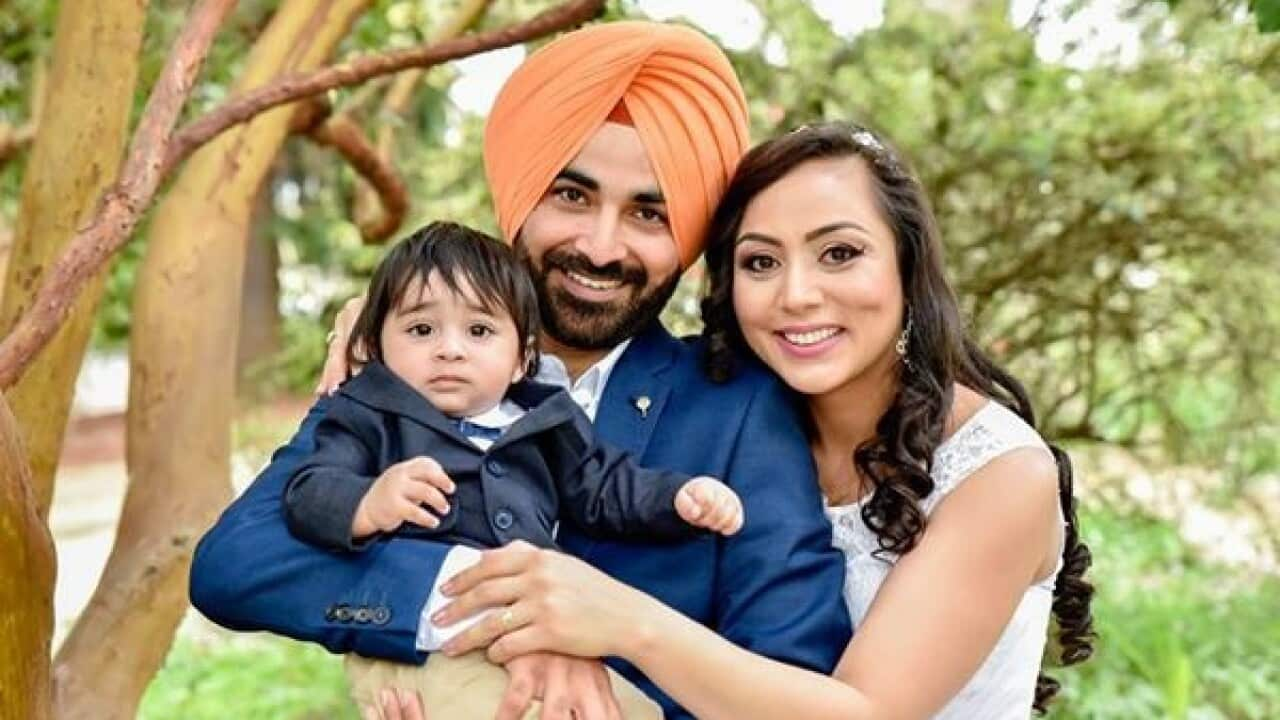Indian migrant Sahil Sharma was 21 when he came to Australia in 2008 as an international student. He says his life at that time felt like a train that was chugging on smoothly.
But a decade of grappling with visa issues and still no certainty about whether he can become an Australian permanent resident, he says his life is now like a “burning train”.
Mr Sharma, currently living in Queensland's Sunshine Coast, is one of the many migrants staring at an uncertain future with their fate hanging in balance because of changes in the migration rules which they say are “frequent” and are often announced without prior notice.
“I went to a lawyer to apply for my PR. I was told this course had been removed from the list [Skilled Occupation List].
“I was then advised to study business management. By the time I finished that, it had been four years since I arrived in Australia. I then applied for a 457 visa,” Mr Sharma tells SBS Punjabi.
He worked for two years as a manager at a restaurant while holding a 457 visa. When he became eligible to apply for permanent residency, the English language proficiency requirement was changed.
“I had five bands in each module of IELTS and the requirement was lifted to 6 bands. It took me four-five months to get that score. But by that time, my employer shut down his business”.
Mr Sharma found another employer and applied for an employer-sponsored visa in November 2016 and has been awaiting a decision on his application ever since.
“When I made the application, the waiting period was 9 months, then it was increased to 11 months. The rules keep changing frequently. And the last time I checked the Home Affairs’ [Department of Home Affairs] just a couple of days ago, they have updated the standard processing time for this visa to 21 months,” he says.
After his 457 visa expired in December 2016, he was granted a bridging visa in Australia.
When he finished his two-year commercial cookery course in 2010, Mr Sharma was told that the occupation was no longer available for permanent residency.
Mr Sharma says while his visa application is under process, his and his family’s lives are hanging in balance.
“We can’t travel to India since I am on a bridging visa. My daughter was born in India and she was just six months old when we brought her here and we haven’t been back since then.
“We can’t get a house of our own, I can’t change my job, even though I am happy where I am working right now, but one would like to have more opportunities,” he says.
“We don’t get any rebates in childcare payments. My daughter goes to kindy and the weekly payment there is $400, which comes out of my pocket.
“I was 22 when I came to Australia and now I am 32 and I am still grappling with issues to get my PR. We are just waiting and waiting and waiting. We just can't make any future plans."
"Why doesn’t the government realise that if we grow, our contribution to the country will also grow. We are already contributing, we paid our fees, we are working and we are paying taxes.”
Many temporary migrants are finding themselves in the same boat as Mr Sharma with the requirements for a permanent visa having been tightened in the recent months and years.
From July this year, the minimum score on points test required to be eligible for lodging an application for permanent residency has been jacked up to 65 from 60. In some occupations where applications exceed the number of available places, such as accountants and IT professionals, applicants need 75-80 points to be successful.
The woes of those waiting in the queue to be invited to join the Australian community are getting worse with the annual migration intake this year falling to a ten-year low. Australia gave permanent visas to just over 162,000 people in 2017-18 against the annual cap of 190,000 which may also be slashed by 30,000.






